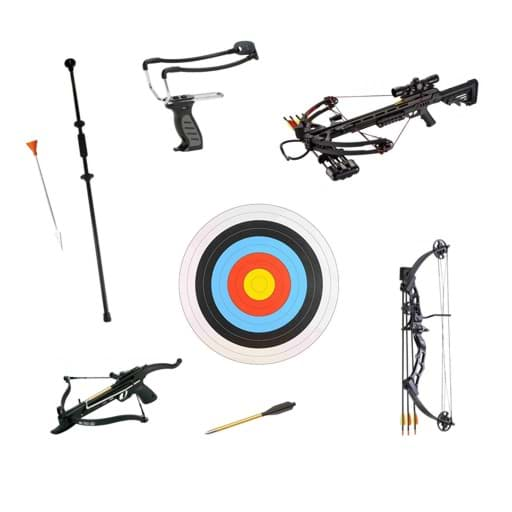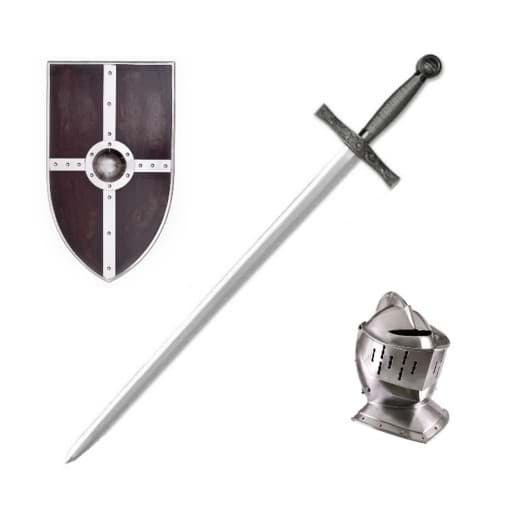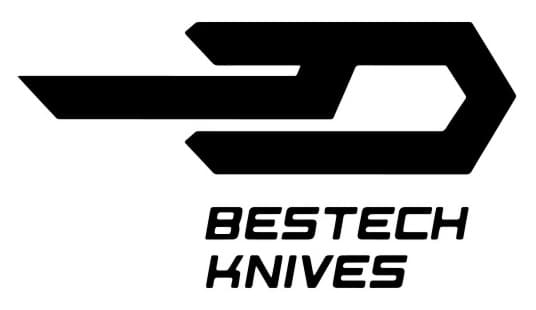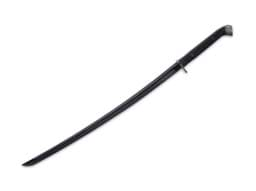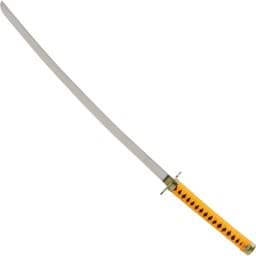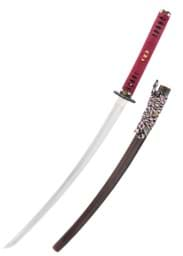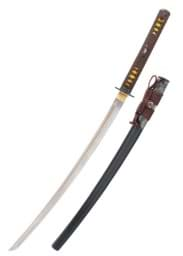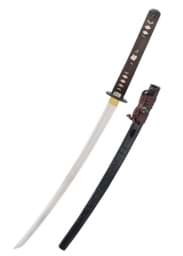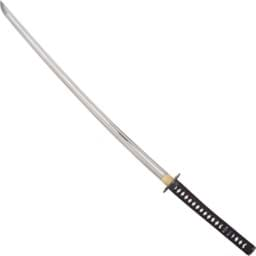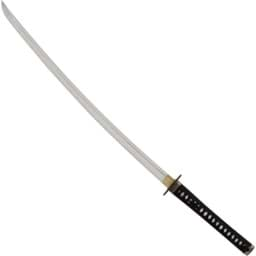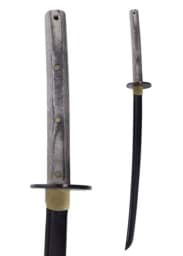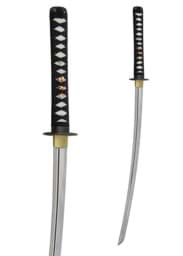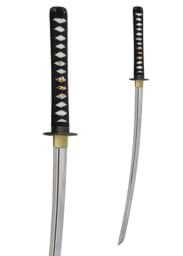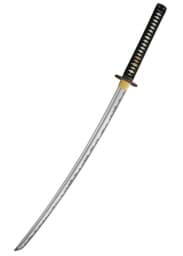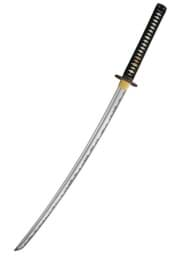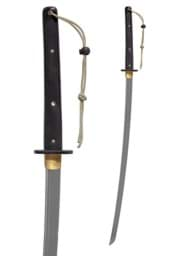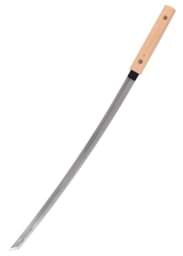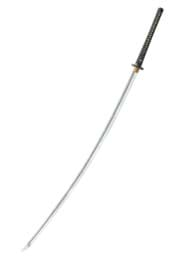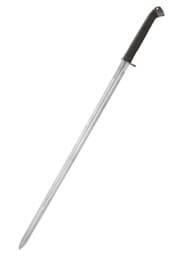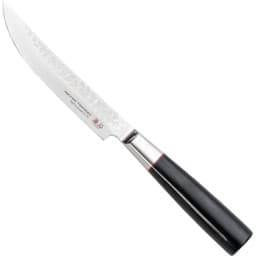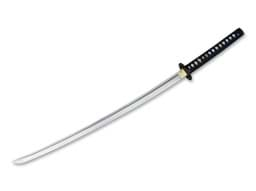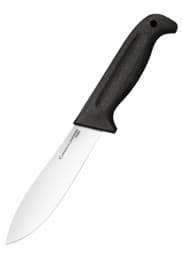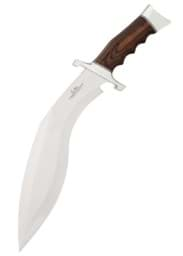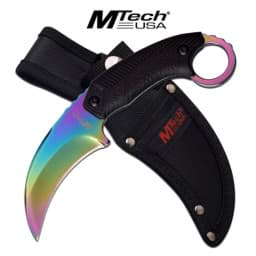Katana
1-24 of 168
United Cutlery - Honshu Boshin Midnight Forge Katana
10-15 Arbeitstage
CHF 259.00 *
Haller - Katana Rising Moon
zurzeit nicht lieferbar
CHF 59.00 *
BattleBlades - Koshi Sori O Kissaki Katana
10-20 Arbeitstage
CHF 949.00 *
BattleBlades - Senshi Erai Hito No Katana
10-20 Arbeitstage
CHF 1’035.00 *
BattleBlades - Yokai Oni Katana
10-20 Arbeitstage
CHF 1’059.00 *
John Lee - Musashi Ichi Katana
zurzeit nicht lieferbar
CHF 175.00 *
John Lee Zaza Iaito Katana
10-15 Arbeitstage
CHF 349.00 *
Condor Tool & Knife - Tactana Sword
10-20 Arbeitstage
CHF 275.00 *
Hanwei - Practical Iaito 27 Inch
10-20 Arbeitstage
CHF 469.00 *
Hanwei - Practical Iaito 28 Inch
10-20 Arbeitstage
CHF 469.00 *
Hanwei - Practical Plus Iaito 28 Inch
10-20 Arbeitstage
CHF 638.00 *
Hanwei - Practical Plus Iaito 29 Inch
10-20 Arbeitstage
CHF 638.00 *
Hanwei - Bamboo Katana
10-20 Arbeitstage
CHF 769.00 *
Hanwei - Musashi Katana
10-20 Arbeitstage
CHF 1’099.00 *
Hanwei - Practical Plus Elite Katana
10-20 Arbeitstage
CHF 659.00 *
Hanwei - Practical Plus XL Katana
10-20 Arbeitstage
CHF 659.00 *
Hanwei - Practical Plus XL Light Katana
10-20 Arbeitstage
CHF 659.00 *
Hanwei - Tactical Katana
10-20 Arbeitstage
CHF 309.00 *
Marto - Katana with Wooden Shirasaya
10-20 Arbeitstage
CHF 159.00 *
United Cutlery - Shikoto Hammer-Forged Longquan Master Nodachi
zurzeit nicht lieferbar
CHF 989.00 *
United Cutlery - Honshu Boshin Double Edge Ninja Damascus
10-20 Arbeitstage
CHF 399.00 *
John Lee - Golden Autumn Katana
10-15 Arbeitstage
CHF 1’429.00 *
John Lee - Kamakura Tachi
10-15 Arbeitstage
CHF 239.00 *
John Lee - Kappa Katana
10-15 Arbeitstage
CHF 406.00 *
Recently viewed products
Suncraft - Senzo Steak Hocho
CHF 129.00 *
Böker Magnum - Yoshida Katana Dark Blue
CHF 129.00 *
Cold Steel - Western Hunter with Sheath Commercial Series
CHF 52.70 *
Niedrigster:
CHF 62.00 *
Gil Hibben - Kukri Fighter Knife
CHF 128.00 *
MTech USA - Karambit 20-78RB
CHF 28.00 *
Herbertz - Fish Bone Tweezers 913500
CHF 16.15 *
Niedrigster:
CHF 19.00 *

